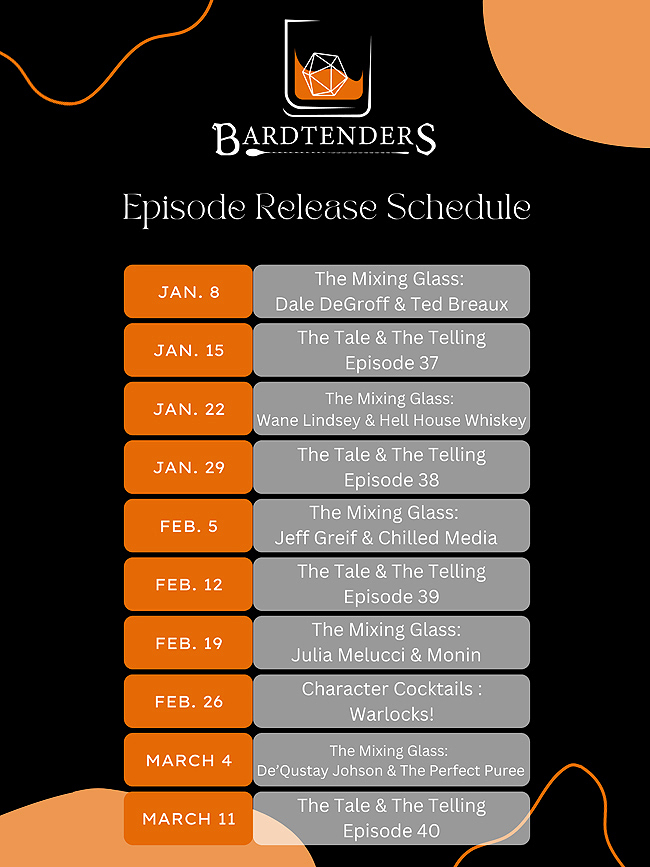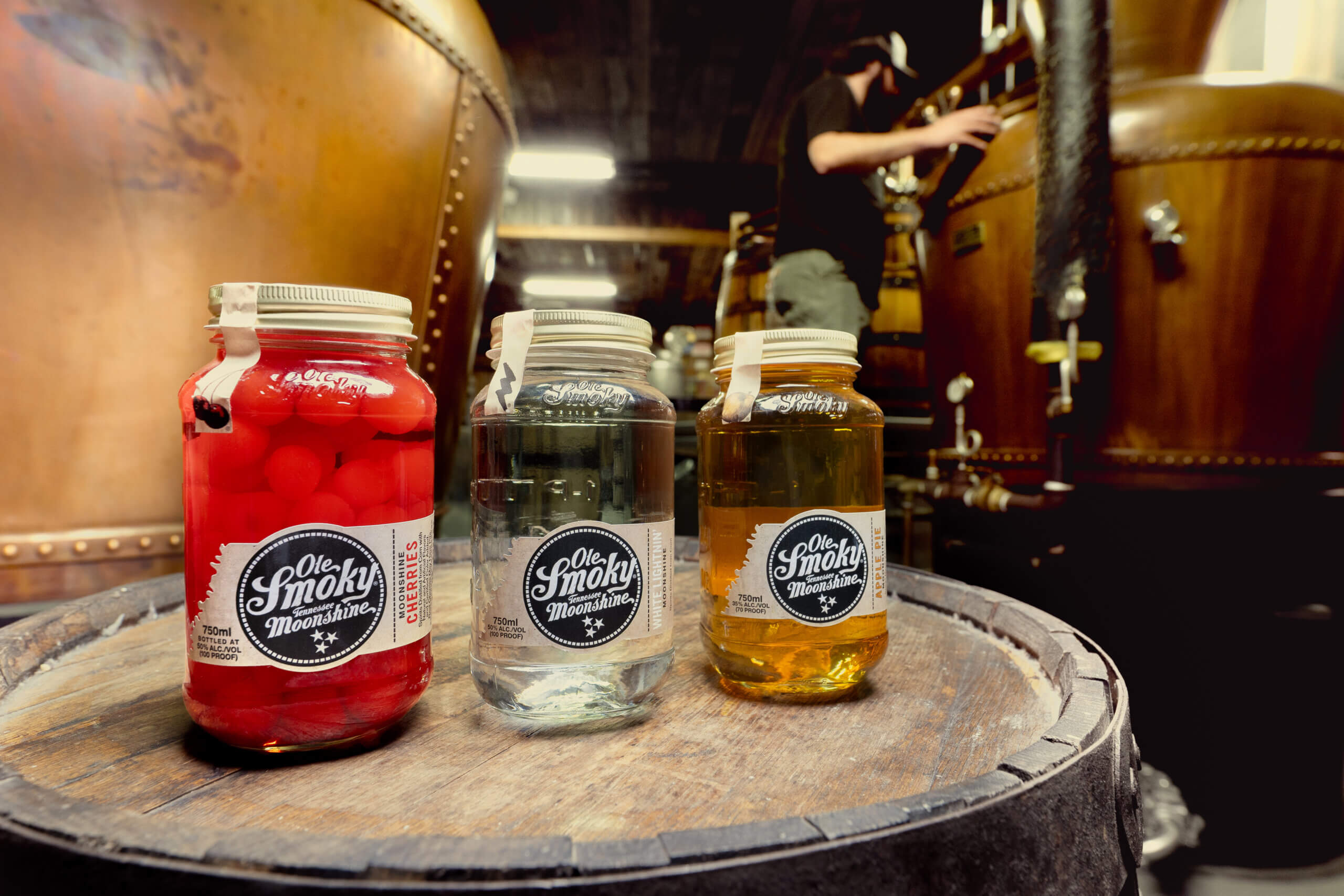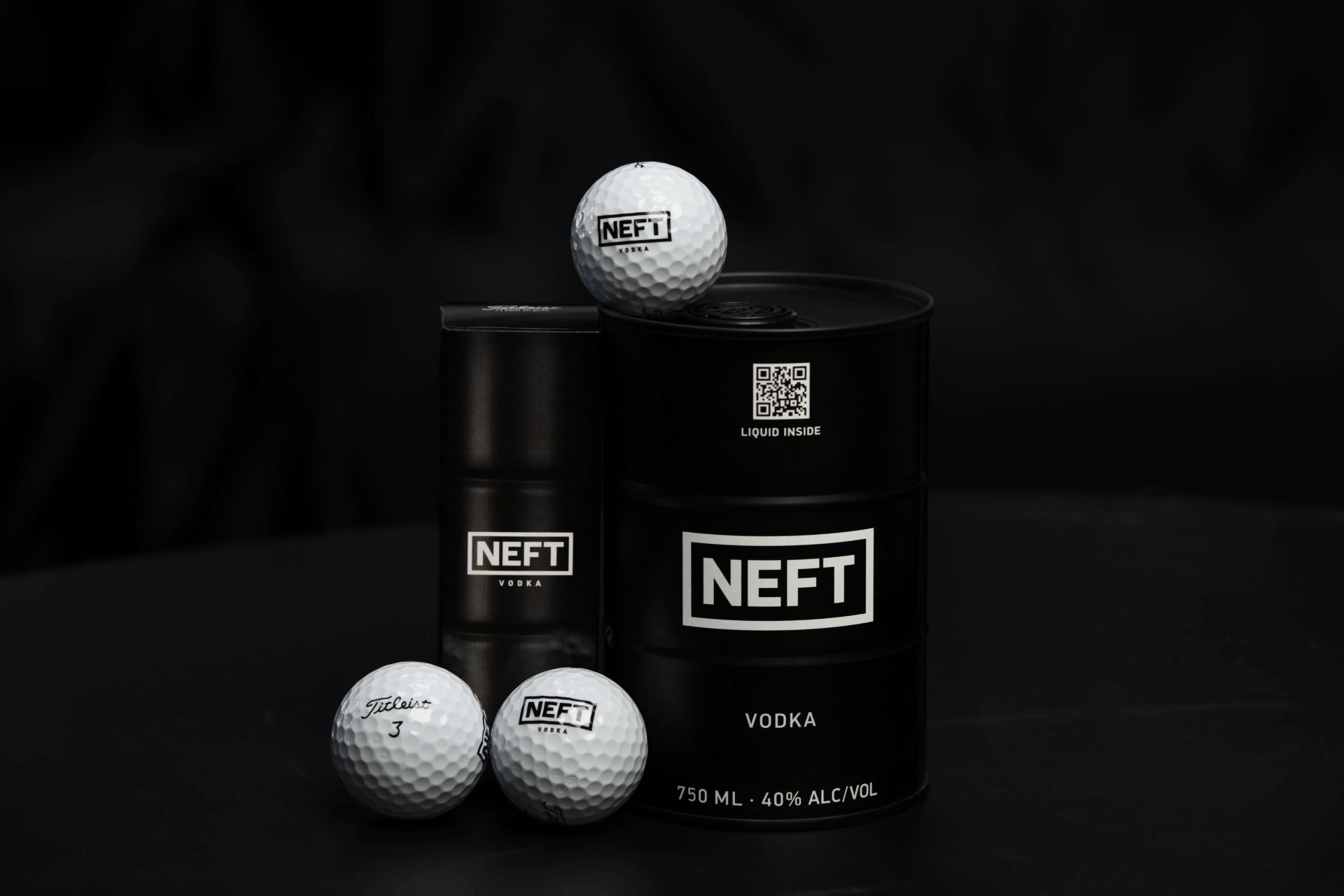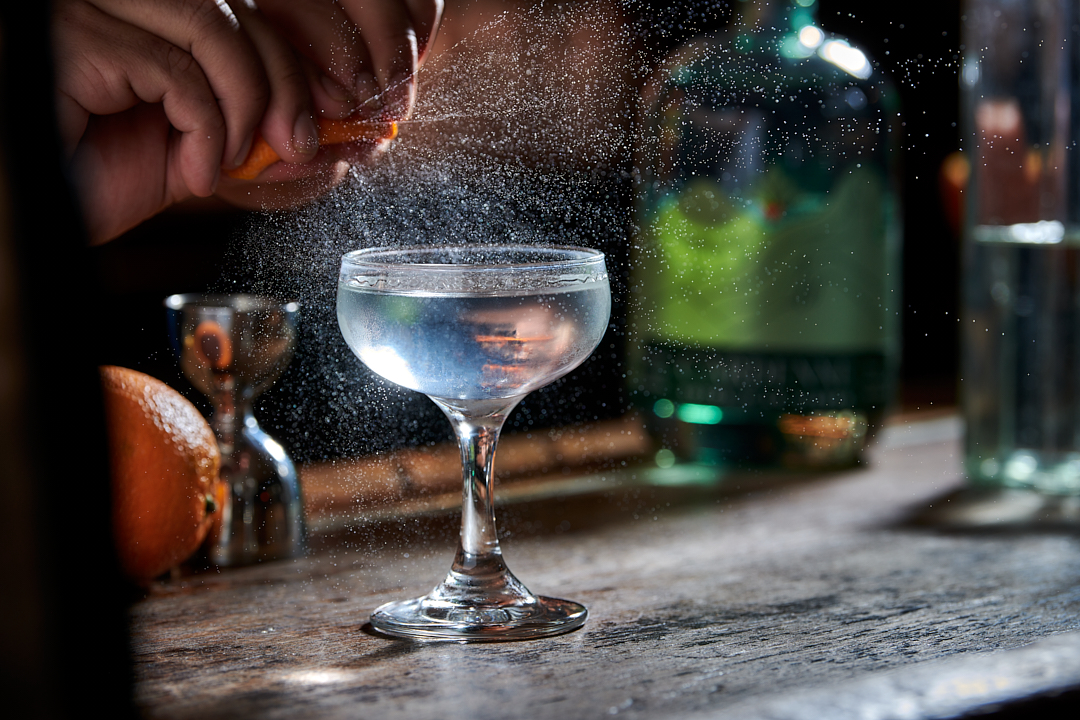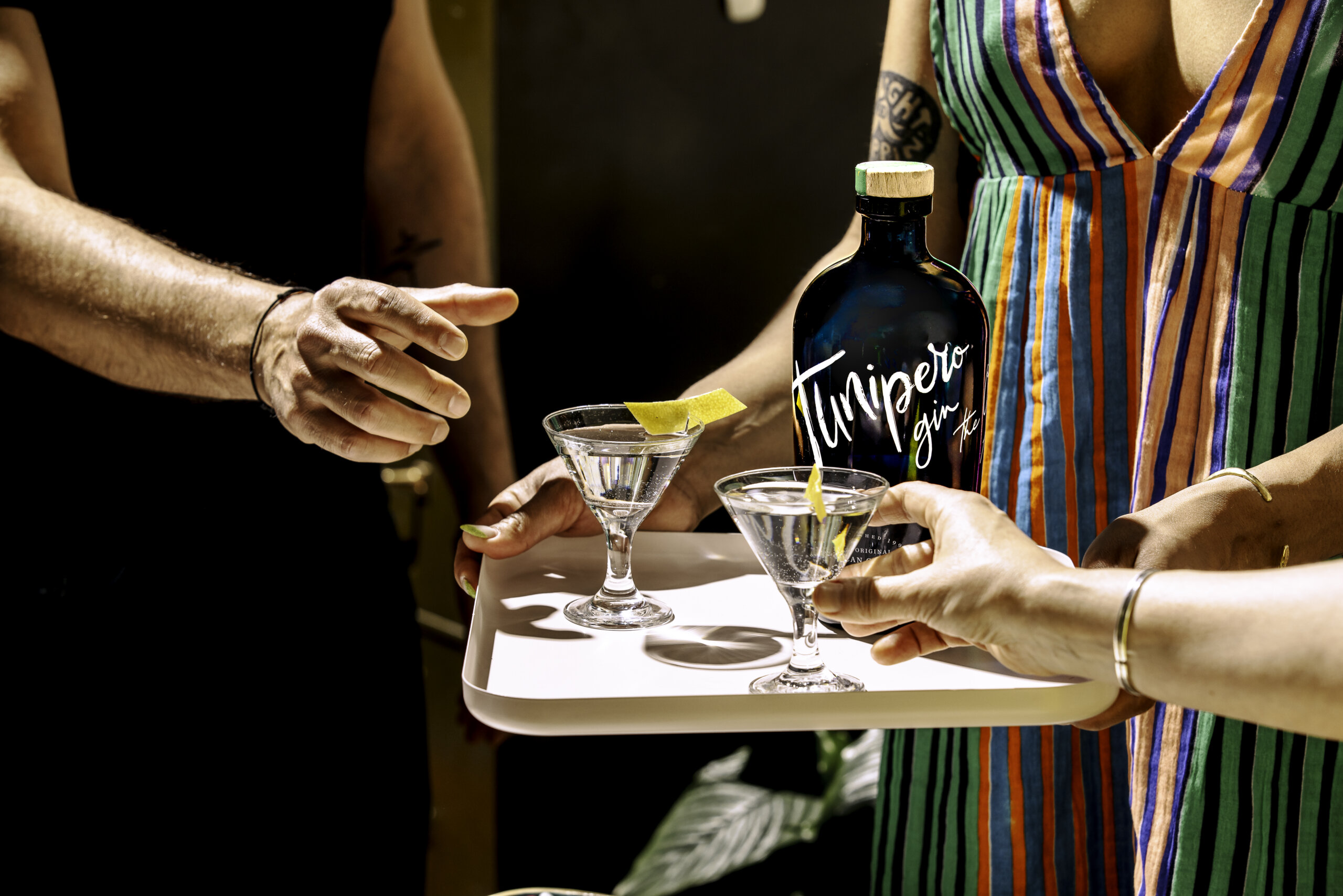Why Bartenders Should Learn Working Flair
By Tyler Zielinski
Refining your bartending skills is a constant work in progress that is, oftentimes, a lifelong journey—it’s the reason why so many bartenders choose this profession as a career, because there is always something new to learn and perfect.
While some bartenders pursue specializations such as Sommelier, or Cicerone as an area of expertise, some bartenders choose to try their hand at flair bartending.

Chris Cardone Showing Off His Flair
Flair bartending can range in expression and complexity and can be as simple as executing a shadow pass behind the head with a bottle to catch the guest’s attention, or it can be as intricate as crafting an entire routine with every move planned from your first pour, to your last. The latter, when done primarily for entertainment purposes, is referred to as exhibition flair; but a quick flair routine that doesn’t slow down your speed of service and still adds a bit of style to your flow, is often referred to as “working flair.”
We connected with Chris Cardone, founder of Continuous Bev and bartender at I Sodi, who is an “OG” flair bartender on the east coast, and expert on working flair, as he has all the tips and tricks for stepping-up your flair game.

Chris Cardone Cocktail Throw
Why Add Working Flair to Your Workflow?
As it stands, the bartending world is filled with a wealth of talent. So, the real question to start with is: What separates one bartender from the rest? Sometimes it is a bartender’s ingenuity and ability to creatively craft a bespoke cocktail; other times it is a bartender’s ability to connect with a guest and make them feel seen and heard; and other times it is a bartender’s ability to tell a story and spark a guest’s curiosity; but, then there is the occasional bartender that just mesmerizes the guest with exceptional skill and technique, and this is where working flair has a role to play. “It’s about taking your craft to a higher level,” Cardone says. “It’s about challenging yourself and your skills a little more. It’s about separating yourself from the pack and knowing that you’re a more skilled bartender with another aspect of the trade in your tool belt that you can use when you feel it’s appropriate.”
Bartending is a form of entertainment, as much as it is a role of service. Not every guest wants to be interacted with, but for the ones that do, working flair can be a great trick to have up your sleeve to really get them buzzing. (It often leads to some free PR for your bar as well since the guests are likely to take videos and share it with all of their friends—something that management will appreciate.)
Cardone’s Step-by-Step Guide to Working Flair
- First, get yourself a Flairco practice flair bottle (or two). You need these to use to practice, trust me. Next, to learn the basics of flair, I believe the best sources are video instruction guides from flair legends like Christian Delpech, Dean Serneels and Scott Young. (Cardone also has his own comprehensive video series with Howcast on YouTube that is a great place to start.)
- Practice, Practice, Practice. Oh, and then practice some more. I used to have a rule that I called it the Rule of 20. It meant that if I couldn’t perfectly execute a flair move 20 out of 20 times then I wouldn’t allow myself to try to perform it at work. Period.
- Keep it Simple Stupid (KISS). You don’t need to put on a show that will rival the best “America’s Got Talent” showcase behind your bar. Really small, quick moves can really impress your guests and go a long way. There’s nothing more impressive to me than a really fast bartender adding a tiny amount of flair during a shift without making it a big deal at all. Guests start to pay attention, waiting for the next moment to say, “I saw that!” It makes the shift a lot fun.
- Spread it out throughout. Working flair is about not slowing down your speed of service. So, you don’t need to flair every single object while making every single drink. Flair one item every few minutes, quickly, and then just bartend. Make it seamless and smooth. Make your guest wait for the next move. Create suspense. Make it cool.
It’s important to note that working flair should always be accomplished during the drink making process in some way, and not just for show; otherwise, that is considered exhibition flair.
“Flair bartending is just another form of expressive art,” says Cardone. “Just like sports, painting, writing or any other trade, it is best to begin my mastering the important basics and then going from there to take on your own form of style. You must first learn the angles, grips, velocity of throws, laws on centripetal force, and how to properly catch/capture items before trying to juggle three bottles while simultaneously serving two martinis.” Cardone points out that working flair isn’t just tossing around bottles and tins, but it can also involve glassware, garnishes, napkins, bar spoons and strainers, basically any of the commonly used items behind any bar in the world. It won’t be an easy process, and will likely involve many broken bottles and glasses along the way, but the end result will be worthwhile and memorable for your future guests.

